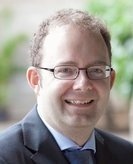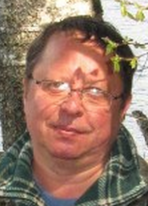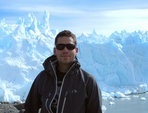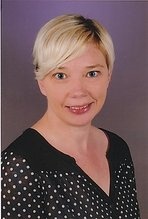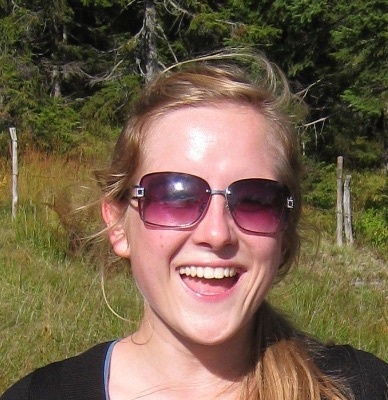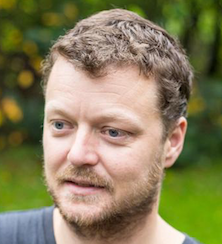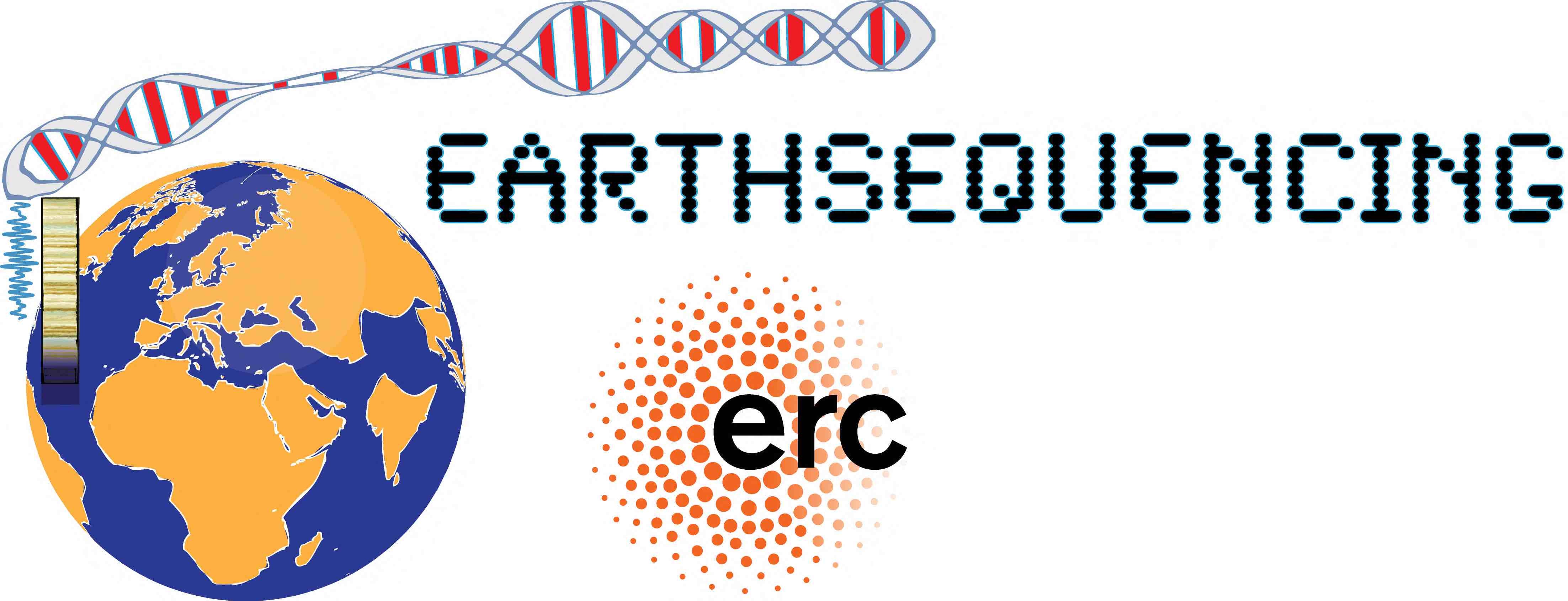
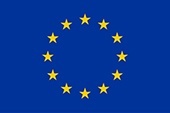
This project receives funding from the European Union’s Seventh Framework Programme for research, technological development and demonstration under grant agreement 617462 from 2014–2019.
About EARTHSEQUENCING
ERC Earthsequencing Project Summary:
One major challenge to be addressed by this project is to overcome fundamental obstacles to generate a first high-resolution and continuous fully integrated record of geological events, ages and durations (a ‘sequence of Earth history’) for the past 66 million years, anchored to the present, to extract properties of Earth’s and solar system orbital motion, and then to apply this time scale to solve first order questions about Earth’s climate system and Earth System sensitivity. The project will bridge the long-standing ‘Eocene tuning gap’, primarily using spectacular new data recovered during Integrated Ocean Drilling Expedition 342 and integrated with a new consistent and integrated approach with existing data that currently only provide time sequences floating in time, not anchored to the present. The proposal will extract astronomical parameters (tidal dissipation, dynamical ellipticity) and verify astronomical models to provide long term amplitude modulation patterns of Earth’s orbital variations (obliquity and short eccentricity) beyond 40 million years before present. It will also search for the fingerprint of chaotic transitions in the solar system that will allow astronomical models to be tested. The improved geologic time scale will then be applied, exploited, and combined with modern Earth System Models of Intermediate Complexity to quantify Earth System sensitivity to orbital forcing during a world of elevated carbon-dioxide concentrations during the ‘greenhouse’ Paleogene. Using novel new pattern matching and recognition algorithms as well as time series analysis methods, the full record of Earth history will be fully integrated and analysed with a consistent and documented workflow. This development will have the ground-breaking potential to take ‘Earth sequencing’ to the next level.
Core team
Heiko Pälike |
David De Vleeschouwer |
Mathieu Martinez (now at University of Rennes) |
Sergey Kotov |
Max Vahlenkamp |
Melanie Reinelt |
Fiona Rochholz | 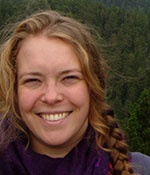 Anna Joy Drury PostDoc, Team B |
Diederik Liebrand |
This is the public access version of the EARTHSEQUENCING site. Results, data and software will eventually be made available here.
The project internal page is at https://paloz.marum.de/confluence/display/EAR and requires login credentials.
Currently accessible content:
- Publications from this project: HERE.
- Application for dynamic IODP database (Earthsequencing version) connection, query, preview, pre-processing (de-trending, outliers and jumps removal, sub-selection, resampling, normalisation, filtering) and data saving. (DBViewer)
- Dynamic Time Warping software (DTW-LAZARUS)
- A prototype view of ODP/IODP data (https://paloz.marum.de)
- A high-resolution frequency analysis tool using Laskar's NAFF method.
- A tool to access ODP/IODP core images, stitched per Core on-demand. (IODPImageSplicer)
